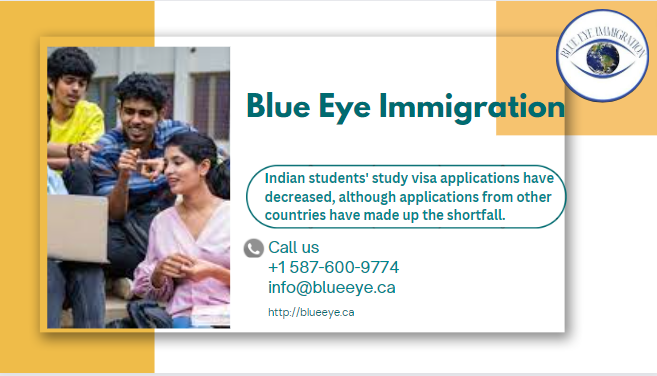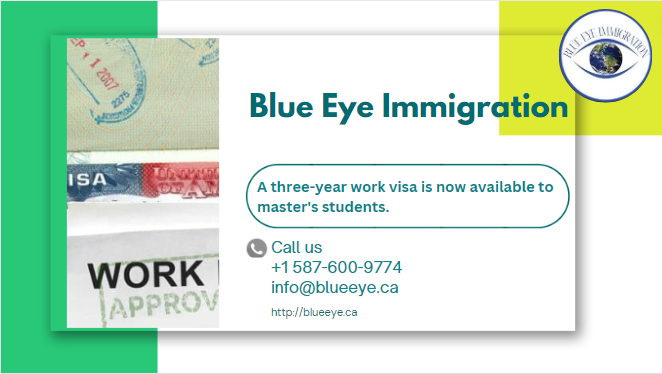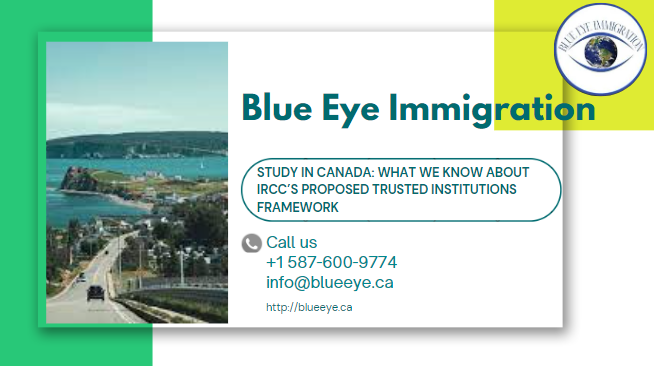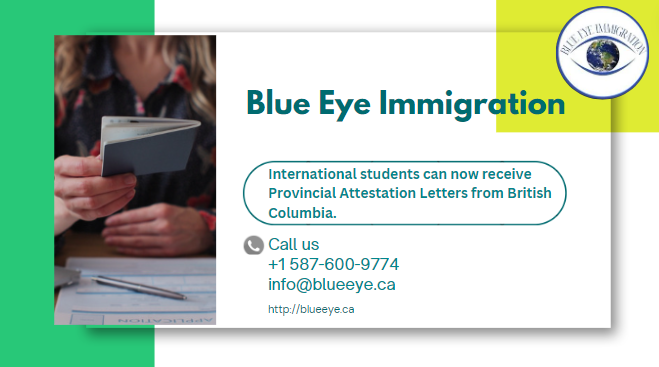According to recently revealed data, Indian students’ applications for study permits in Canada have decreased by more than 40% since July of this year.
The Canadian government received and processed about 146,000 additional applications for study permits from Indian students between July and October of 2022. But in 2023, over the same time frame, the government processed fewer than 87,000.
This indicates that during July to October of 2023, 60,000 fewer Indian student visas were processed than during the same time in 2022.
According to data from a recently published article by ApplyBoard, an online resource for recruiting international students, there may be a reason for this decline in part because an increasing number of international students are complaining about the high cost of living in Canada on social media and posting about their struggles there.
ApplyBoard performed a sentiment analysis of eminent Indian media outlets in order to verify the idea. It was discovered that, in comparison to the same period in 2022, the number of articles produced regarding housing in Canada grew fivefold between April and August of 2023. Furthermore, the proportion of information that was marked as unfavorable increased from 12 to 30%.
What steps is Canada doing to combat the rising expense of living?
The $12.1 billion CAD commitment made by the Canadian government to improve affordability nationwide is reflected in the range of actions included in the Affordability Plan.
Increasing the Old Age Security (OAS) pension by 10% for seniors, lowering childcare costs by 50% in Ontario, and indexing different benefits to keep up with inflation are a few of these initiatives.
Immigration, Refugees and Citizenship Canada (IRCC) will increase the cost-of-living criteria for applicants seeking study permits as of January 1. Since its introduction in the early 2000s, the existing criteria has not been changed. According to the IRCC, changing this provision will shield students from exploitation and increase their preparedness for Canada’s higher cost of living.
The majority of provinces also offer services to their citizens, such as worker benefits, childcare support through employment, and financial aid for medical costs. Furthermore, it is the duty of the province governments to supply housing assistance and inexpensive housing.
Will the number of Indian students in Canada decline?
Assessing the effect of real student intakes requires looking at study permit acceptance rates, claims ApplyBoard.
The percentage of Indian students who have their study permits approved has kept rising. Despite the decrease in the number of applications processed, 32,000 more Indian students were granted permission to study in Canada between January and September of this year than in the previous year.
A record 551,405 foreign students from 184 countries studied in Canada in 2022. With 226,450 students, India was the top source nation for new foreign students to Canada in 2022.
Canada is expected to exceed the total number of Indian student visas awarded in 2022. ApplyBoard estimates that 200,000 to 210,000 Indian students will be granted permission to study in Canada in 2023, contingent on the continuation of the present approval rate, if processing volumes stay close to half of 2022 totals.
Students from outside India
According to ApplyBoard’s observations, students from nations other than India continue to express a strong desire to study in Canada. Specifically, there was a 34% increase in the quantity of study permits for all other nations processed between July and October of 2023. By December 2023, there were 52% more study permits processed than there were the previous year.



